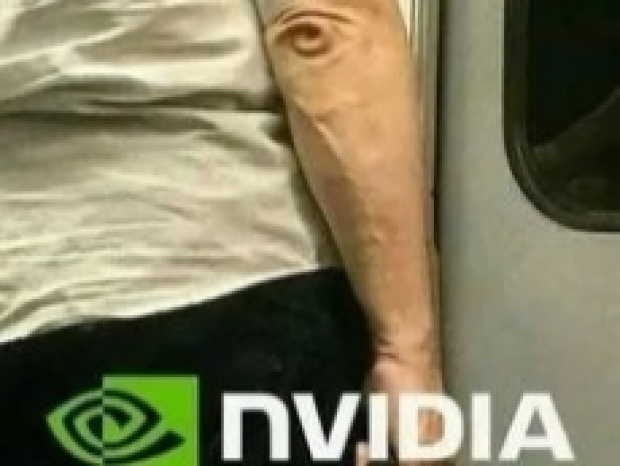Researchers from the University of Toronto have emerged from their smoke filled labs with proof that Rowhammer attacks can hit GDDR6 memory in Nvidia's high-end graphics cards when ECC isn’t enabled.
The boffins used an RTX A6000 card and managed to flip bits in GPU memory, just like the old DRAM Rowhammer flaw, because system-level ECC was turned off. Once it was activated, the attack fizzled.
Rowhammer has long been a ghost in the machine for CPU RAM, where hammering a memory row causes flips in those nearby. Now it turns out GPUs can suffer the same fate, particularly in data centres and workstations running sensitive tasks without ECC protection.
Nvidia's response isn’t panic. It's a polite cough and a reminder that the fix is already baked in, assuming you don’t turn it off. ECC is supported across its newer lines, including Blackwell, Hopper, Ada, and Ampere, as well as DGX, HGX and Jetson systems.
Some newer cards using GDDR7 and HBM3 get On-Die ECC as standard. It’s always on, can’t be disabled, and acts like a silent bodyguard for your bits. But for everyone else, especially those who avoid ECC to chase a few more frames per second or never check their configs, it’s time to rethink.
Nvidia suggests checking your status with tools like nvidia-smi, or digging through your enterprise gear’s BMC or Redfish interfaces if you’re lucky enough to work somewhere with one of those.
Bit-flipping GPUs are not a great look in high-performance computing. Maybe flick that ECC switch before someone else does it for you.




